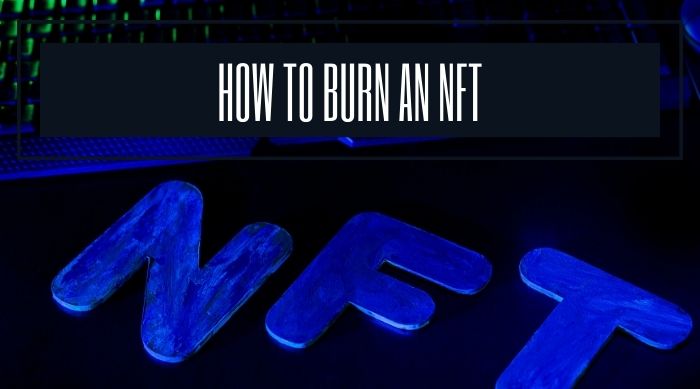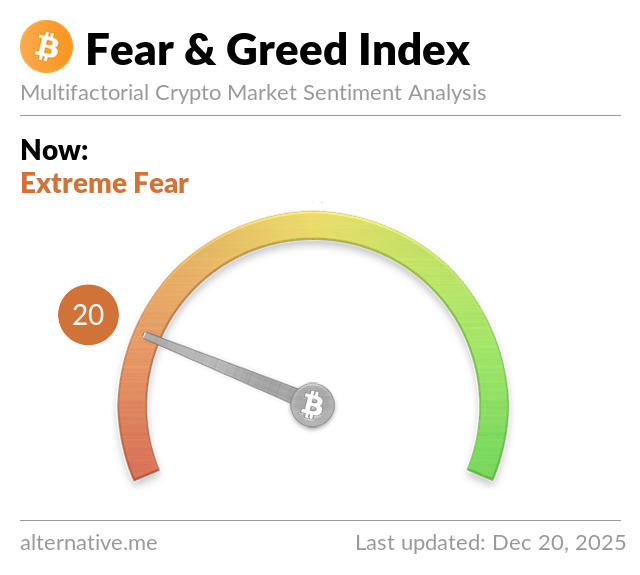Why would anyone need to know how to burn an NFT? After all, when NFTs are selling for thousands of dollars apiece, what is the motivation? If you’re new to crypto, you might not know about the supply and demand issues that motivate burning NFTs, but if you spend any appreciable time in the space it won’t be long before you learn the hows and whys.
What Is an NFT Burn Address?
An NFT burn address is a blockchain address that no one owns and no one can gain control over. Once an NFT is sent to the burn address, no one can transfer or sell the NFT from the address. Technically the NFTs still exist on the blockchain but are effectively lost forever inside the burn address.
A popular burn address is the OpenSea Burn Address (0x000000000000000000000000000000000000dEaD). Another popular “black hole” address is 0x0000000000000000000000000000000000000000. But any black hole address can be used instead. One way is to get a digital wallet and destroy and forget the private key, thus you created your own black hole to burn NFTs in.
How To Burn An NFT
Burning an NFT is basically the act of sending it to an address nobody can access. The address is not available to anyone (including the NFT owner, at least in theory) and when the NFT is sent it is effectively taken out of circulation. So it’s safe to assume for now that there’s no way to literally delete a minted NFT. (Unminted NFTs may be deleted depending on how they were created or managed.) But you can manage one out of existence for all practical purposes.
Here is how to generally burn an NFT:
Step 1: Go to the NFTs item page on Opensea or another NFT marketplace.
Step 2: Click on the transfer button.
Step 3: Enter the burn address you wish to use to burn an NFT.
Step 4: Click the “Transfer” button and confirm the transaction with your wallet
Step 5: The contract will then check to see that the individual has the gas fees in their wallet and if the specified number of tokens is correct.
The NFT burn transacts as a public, irreversible, and permanent transaction on the blockchain ledger. The blockchain records this transaction and the NFT is deemed no longer available.
How Much Does It Cost to Burn an NFT?
The cost of burning an NFT is the same as the cost of transferring an NFT and depends on the prevailing cost of gas prices.
How NFTs Work

A non-fungible token or NFT can be created as a piece of art, it can be minted with some utility in mind, and in all cases when the NFT is created or “minted” there is a permanent public record of it in the blockchain.
The NFT as artwork is meant to be a single unique and irreplaceable thing, but with the ability to introduce variants that allow a series of NFTs to be created from a single design or creation. Bored Apes are a great example.
The basic concept of the ape artwork is assigned a host of variables that may be added deliberately or at random, and before you know it, you’ve minted a large number of NFTs with the same basic concept (a Bored Ape) but with variation in clothing, facial expressions, etc.
Once the Bored Ape is created, it is forever on the blockchain and it cannot be destroyed. Yet you read about NFTs being “destroyed” all the time through a process called burning. We’ll come back to burning in a moment but first, it’s important to know why you would want to do so.
What Gives An NFT Value?
What provides value for an NFT is the same sort of thing that provides value for a rare vinyl record, a highly sought-after trading card, or even a painting. When you make the painting or press the vinyl record, those things have no inherent value as they are typically manufactured.
But if there is buyer enthusiasm, the record may become a hit. As more people purchase the record or reproductions of the painting, the physical object itself may take on more value.
A first edition rare book, for example, is more highly sought after and valued by collectors than a second or third edition of the same book. An NFT or any digital art can’t compete with the physical object in this way. But there are ways to make an NFT more valuable–one of those is through planned scarcity.
A single NFT in a series is still meant to be a unique thing. They are meant to be like fingerprints–having traits in common but with some form of uniqueness that hypothetically makes them more valuable.
The uniqueness itself is not the value, but it adds value. Collector enthusiasm is the real value, and that is subject to a wide range of volatility just like the music that is currently at the top of the charts or on stage at the Grammys. If your NFT begins to gain popularity and it begins to sell, you have some important choices to make where that planned scarcity is concerned.
If you mint 10,000 Bored Apes, and reserve 2,000 of them for project supporters and co-founders, you have 8,000 left that could be sold on the open market. But what if you announced that your popular NTFs would be limited to a public sale of 4,000 total? Fear of missing out, or FOMO, could drive the demand and the value of your NFT much higher.
Naturally that assumes you have an NFT project that has gained the attention of collectors and investors in the crypto space…not all NFTs will have these issues because a great majority of them may not get the interest or attention. But for those who do?
Why Burn An NFT?
Planned scarcity — reducing an 8,000-strong NFT collection to 4,000 as discussed above — likely sounds to an outsider like it could involve the actual deletion or destruction of the NFTs. Why wouldn’t you just delete the 4,000 files to make the remaining artwork more valuable?
Because as things are now, it’s not possible to destroy NFTs once they are minted. Hypothetically they are here forever. Some will scoff at our use of the word “hypothetical” in this context but in the same way that people thought their illegal transactions were completely untraceable in the blockchain.
But Wired.com’s story about companies like Chainalysis dropped in April of 2022. Chainalysis began following Bitcoins across the blockchain from address to address until, as the Wired article puts it, “they reached one that could be tied to a known identity.” And the same article reports that it is possible to, “learn someone’s Bitcoin addresses by transacting with them, the way an undercover narcotics agent might conduct a buy-and-bust.”
Burning crypto and burning NFTs are essentially similar acts with potentially similar outcomes. You enhance the scarcity of an NFT by removing some of them from circulation permanently. When a big NFT project pledges to burn coins or NFTs, there is one issue to keep in mind–you have to be able to trust the project and take them at their word that the NFTs have truly been burned and not simply set aside untouched until later on when they suddenly just “appear” for sale.
If you want to burn NFTs or participate in a project that burns them in this way, you’ll want to be mindful of the trust factor required in these circumstances–not everyone is working in your best interests in crypto and there is still a great deal of unregulated activity that may or may not be as legitimate as it appears on the surface. Collector beware!
Joe Wallace has covered real estate and financial topics, including crypto and NFTs since 1995. His work has appeared on Veteran.com, The Pentagon Channel, ABC and many print and online publications. Joe is a 13-year veteran of the United States Air Force and a former reporter for Air Force Television News.


